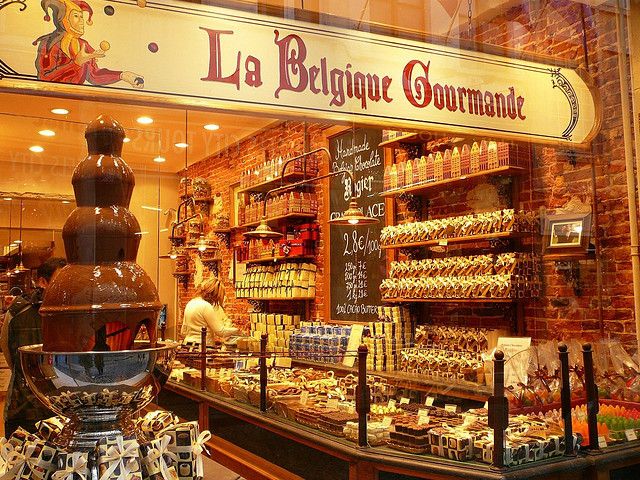Has Valentine’s Day Become Too Commercialized?
February 14, 2023
Every year, during late January and early February, stores can be found filled to the brim with Valentine-themed gifts, cards, treats, and more. The aisles of CVS and Target and packed with candy in the shape of hearts and pink and red stuffed animals. Flower shops and jewelry stores go all out with major events and specials. Last year, Americans spent 23.9 billion dollars on Valentine’s Day, according to Forbes. Each year, Americans spend about 2.3 billion dollars just on flowers, 2.3 billion dollars on flowers, and a grand total of 6.2 billion dollars on jewelry. All of this spending on majorly garish and useless gifts raises the question: has Valentine’s Day in America become too materialistic and commercialized?
The consumer aspect of Valentine’s Day does not quite connect with the root of the holiday but with its evolution. The origins of Valentine’s Day come from the feast day of one or two martyrs named St. Valentine. While some argue the feast day was placed in the middle of February to commemorate the anniversary of the death or burial of St. Valentine, others say the Christian Church placed the feast day there to draw in pagans who observed Lupercalia, a holiday that celebrated fertility. At the end of the fifth century, Pope Gelasius named February fourteenth Valentine’s Day. The holiday’s association with romance blossomed in the middle ages. During this period, in France and England, it was believed that February fourteenth was the beginning of birds’ mating season, causing a push for the idea that the holiday should become a day of romance. Valentine’s greetings and written Valentine’s became more popular to exchange, and by the mid-eighteenth century, it was common for partners and friends to give each other small but meaningful gifts of affection. The holiday began to become more commercialized in the 20th century with the introduction of printed cards. The pre-made cards replaced handwritten ones, being more convenient and easier for the writer to express their affection. With the growing commercialization of the holiday, others spotted the opportunity to benefit, such as chocolate manufacturers. Richard Cadbury had the idea to sell his chocolates in heart-shaped boxes with familiar images of cupid and roses. The idea was very successful and became a consumeristic staple of Valentine’s Day then and now.
The commercial boom most majorly took place in the United States and continues to affect the holiday today. The capitalistic nature that has shaped Valentine’s Day, along with the mass amount of Valentine-themed products available during the early months of the year, has created societal pressure to find the perfect gift and spend large amounts of money for February fourteenth. This has a negative impact on society for multiple reasons. It correlates the idea of love with money, causing American relationships to become less genuine and more materialistic. Secondly, it equates how expensive a Valentine’s Day gift is with the degree the gifter loves the receiver, stressing and hurting consumers while benefitting commercial industries. Lastly, this idea has the ability to strain relationships when the expectations society pressures partners to meet are not achieved. Living in a time where social media and ads surround us with images of dream Valentine’s Day gifts and expectations, makes feeling disappointment and resentment towards others especially easy. All of these factors contest what Valentine’s Day supposedly represents, true love and togetherness.
The commercialization of Valentine’s causes societal pressure and a higher emphasis on materialism but doesn’t ruin the holiday altogether, especially because the origin of the holiday did not even stem from the theme of love. There are commercial aspects of Valentine’s Day that are positive and fun, such as decorations and small gifts. Small materialistic gifts like candy or flowers are always well received and can be bought from grocery stores or pharmacies costing only ten to twenty dollars. Still, the thought, intention, and love behind a Valentine’s Day gift or letter are still highly valued and can be far more appreciated. This is important to remember in order to have a Valentine’s Day that can be filled with both commercial fun and the sharing of love and affection with others.


























